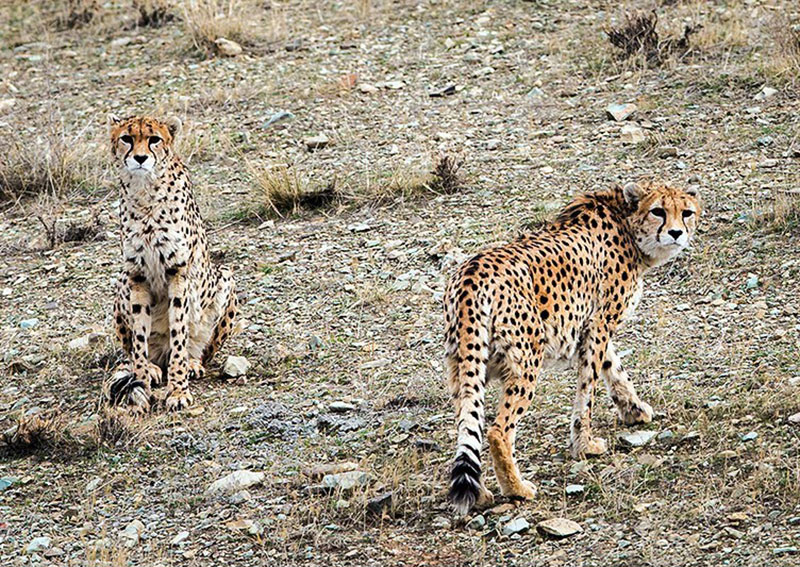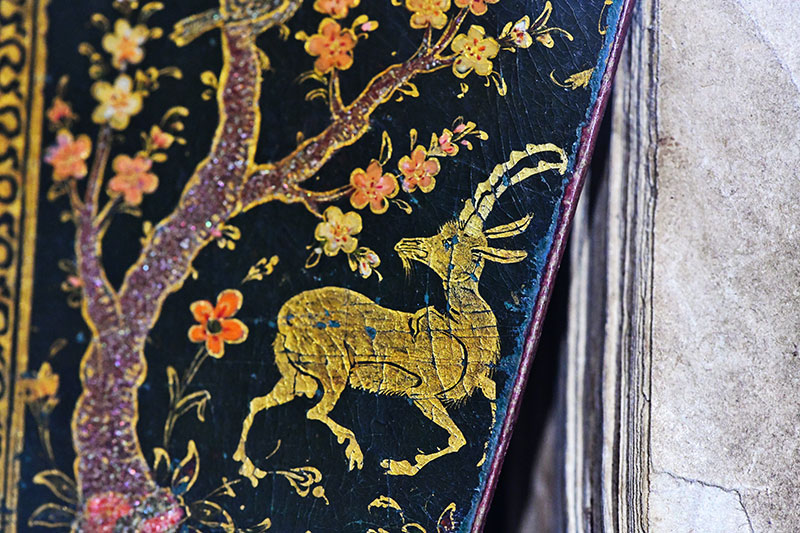Outside of Iran, little is generally known about the extraordinary diversity of Iranian flora and fauna. Between East and West, Iran is at the crossroads of several natural complexes and climates. Between the dense forests of the Caspian regions and the Lut (one of the most inhospitable deserts in the world), the country offers often extreme contrasts. Its vegetation presents a gradient of humid, semi-humid or semi-arid and arid zones (deserts and steppes). Iran has a common flora with Central Asia in its interior plains and highlands, with Europe and Siberia on the shores of the Caspian, with Africa on the edges of the Persian Gulf and Makran, with the Indian and Himalayan world in its northeastern forests, and some plants belong to the Mediterranean, Saharan and Arabian groups.

